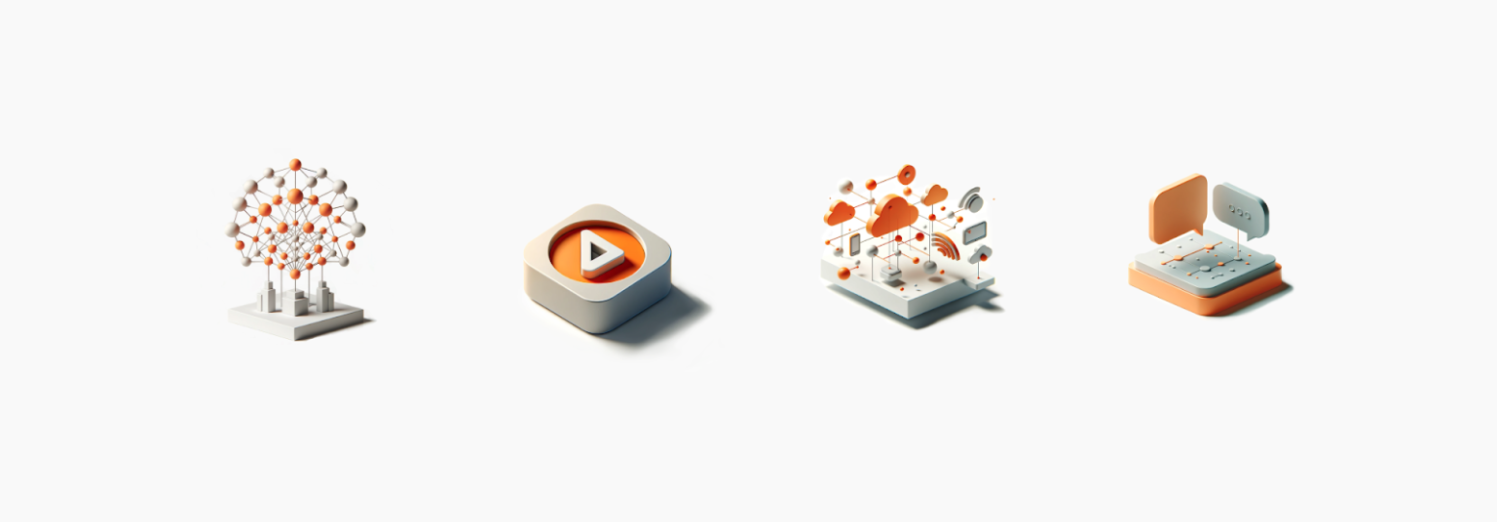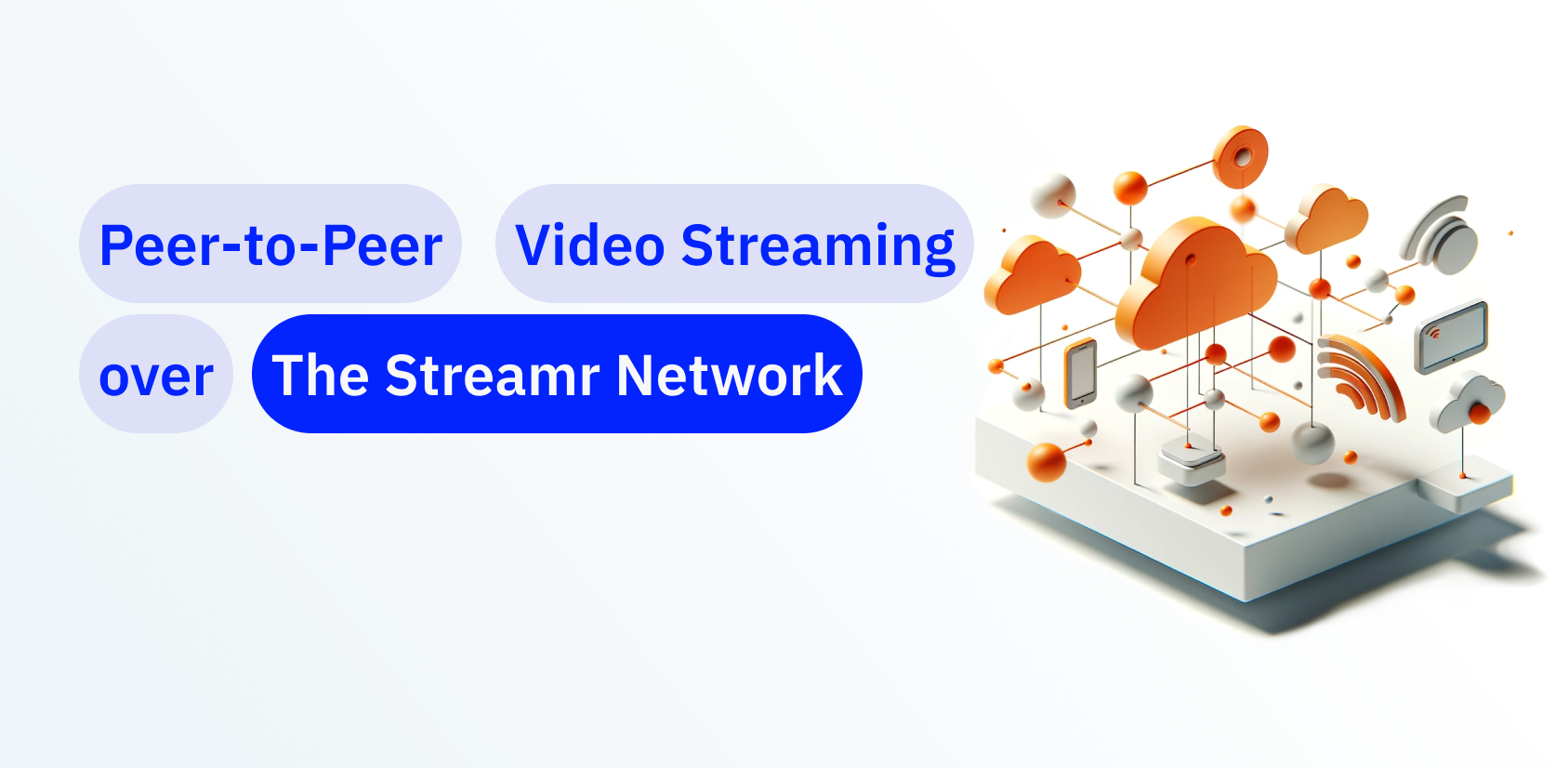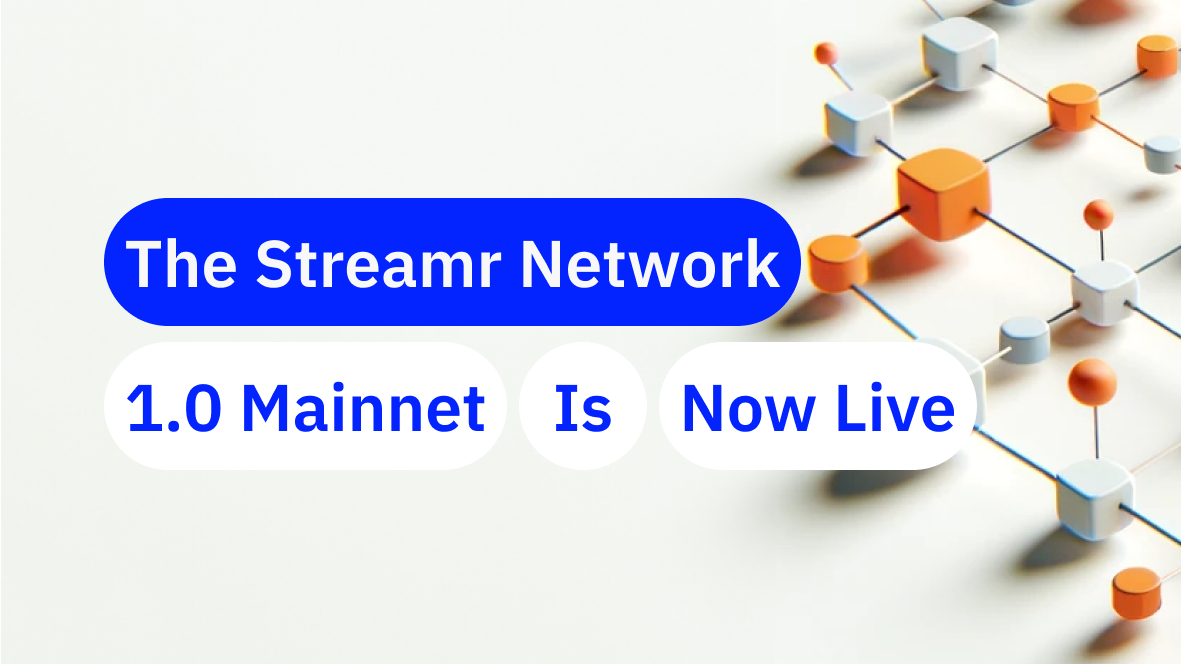With phrases such as “data is the new oil” verging on cliché territory, there’s little question that the world has woken up to the potential in the 2.5 quintillion bytes of data generated every day.
However, perhaps a still underappreciated attribute that drives value in specific scenarios is that of real-time data—where there are some exciting and unique use cases.
Table of Contents
What is real-time data?
Real-time or live data refers to data that is put to work as soon as it is collected. The value of almost all data for action or insight decays with time. For some data sets, this shelf-life is measured in extremely short intervals—milliseconds and seconds—requiring efficient pipelines to continuously stream the information in the shortest possible interval (or latency).
This is a comparatively recent capability that already supports several industries: weather forecasting, transactional fraud detection, GPS traffic monitoring, ride-share services, mechanical systems monitoring, and e-commerce inventory management, which all rely on near instantaneous data to function.
As real-time infrastructure develops and becomes more widely accessible, it’s likely to bring new opportunities and advantages.
Let’s take a look at some of these lesser known areas exploring the value in live data.
1. Real-time vehicle data
Connected cars come fitted with more than 100 sensors, capable of generating a huge stream of data—more than 25 gigabytes of data per hour. Things like GPS location, fuel consumption, road quality, congestion, and driving behaviour can be shared live by drivers.
DIMO is an example project exploring this possibility by providing drivers with a platform to stream their vehicle data directly to an open source platform and earn rewards, all the while maintaining/protecting their privacy. Developers can plug in and build apps on the data for things like monitoring car performance, real-world battery life, smart insurance, and more.
Connected car sensor data can also provide useful insights into the road environment. This data could be used by highway agencies to monitor road quality and aid decisions on infrastructure investment. A publish and subscribe model of data sharing can also supply real-time alerts to drivers about accidents, parking, fuel pump availability, weather conditions, or congestion to reduce journey times, and more.
Streamr explored a similar use case in a pilot together with Bosch Software Innovations and Riddle & Code.
2. Crowdsourced real-time sensor data
The increased availability of affordable computing hardware, like Raspberry Pis, has allowed communities of hobbyists and citizen scientists to emerge and share live data from their surroundings. By providing individuals with the tools to collect and pool data themselves, a potential global scale of real-time monitoring can be achieved that was previously out of reach.
EBrid is a great example of this. The project was founded to source the unique knowledge of amateur birdwatchers, and has since grown into one of the world’s largest biodiversity-related science communities, with data on over 100 million bird sightings contributed annually. Sightings are recorded on the website or mobile app, and shared openly for researchers and conservationists to analyse. Key features of eBird are its real-time species distribution maps, and instant alerts to track where and when species are seen.
Many other projects, such as IQAir or Sensors.AFRICA, and Airly, are exploring ways to give people actionable ways to share data on their immediate environment as concerns rise globally about the health impacts of pollution: air, noise, water, and light.
This is an area Streamr explored in pilots with SmartCitizen, Ruuvi, and others, and we hope to see more of such data streams appear on the Streamr open data Hub, launching later this year.
3. Real-time sport data
Data and sport have a long history, but recent technical developments have allowed elite coaches and analysts to react to a live flow of previously unobtainable stats.
Cameras and wearable devices can simultaneously monitor all players in a team and broadcast the data to coaches on the sidelines. Individual in-game performance, physical output like distance run and calories burnt, and even potential injuries such as monitoring collision g-forces to predict concussions are being analysed thanks to live data streams.
4. Rapid crime response with acoustic monitoring
A fascinating application when real-time sound data is paired with machine learning algorithms is the ability to create networks of remote sensors that can listen, triangulate, and instantly share the location of pre-defined sounds.
Rainforest Connection is such a project using this capability to protect endangered forests and wildlife from illegal logging and poaching. Solar-powered listening devices are positioned in the tree tops to detect the sounds of chainsaws, gunshots, or heavy vehicles, analyse the data and transmit a live location alert via satellite for the authorities to intervene.
A second example is ShotSpotter, who deploy acoustic sensors on city buildings designed to be triggered by the sound of a gunshot. When a potential gunshot is detected by the AI, it is sent to review analysts, who can confirm a positive match and forward the location alert to patrol officers’ smartphones for a response. The whole process can take less than 60 seconds.
These are just some of the ways real-time data is offering new capabilities to understand and respond to events in the world. There’s surely many more valuable and untapped data streams out there that we’d love to see people unlock with the Streamr Network and Data Unions Framework for monetisation and sharing.
Find out more, start building, and join others in the community!











